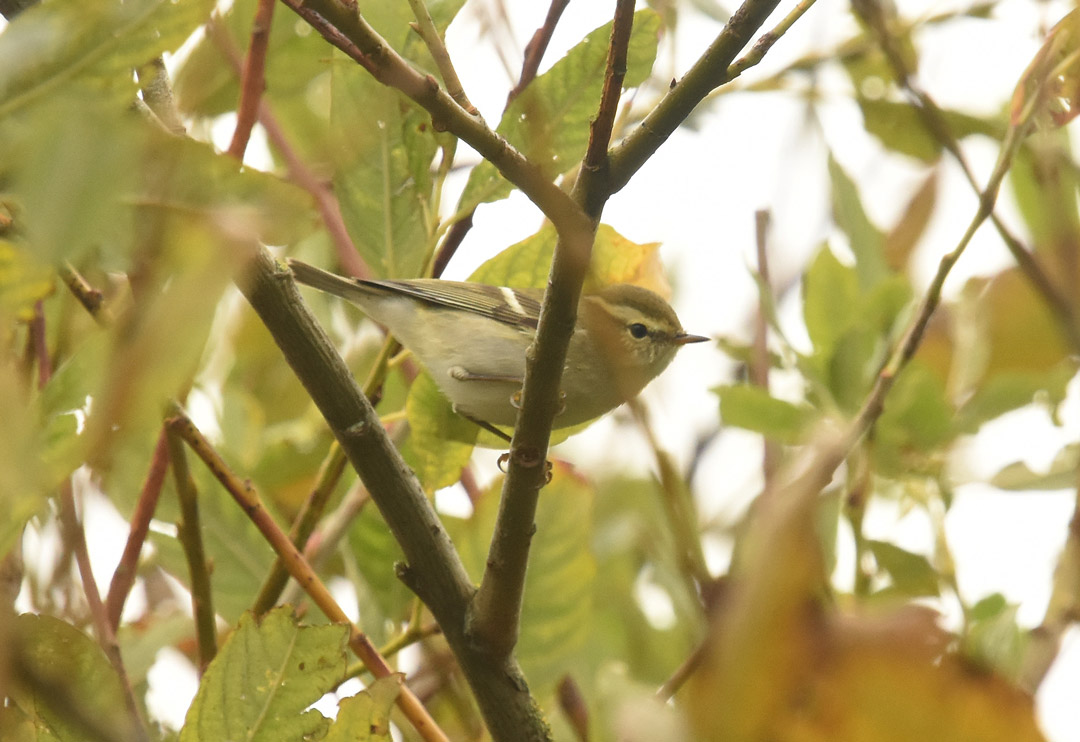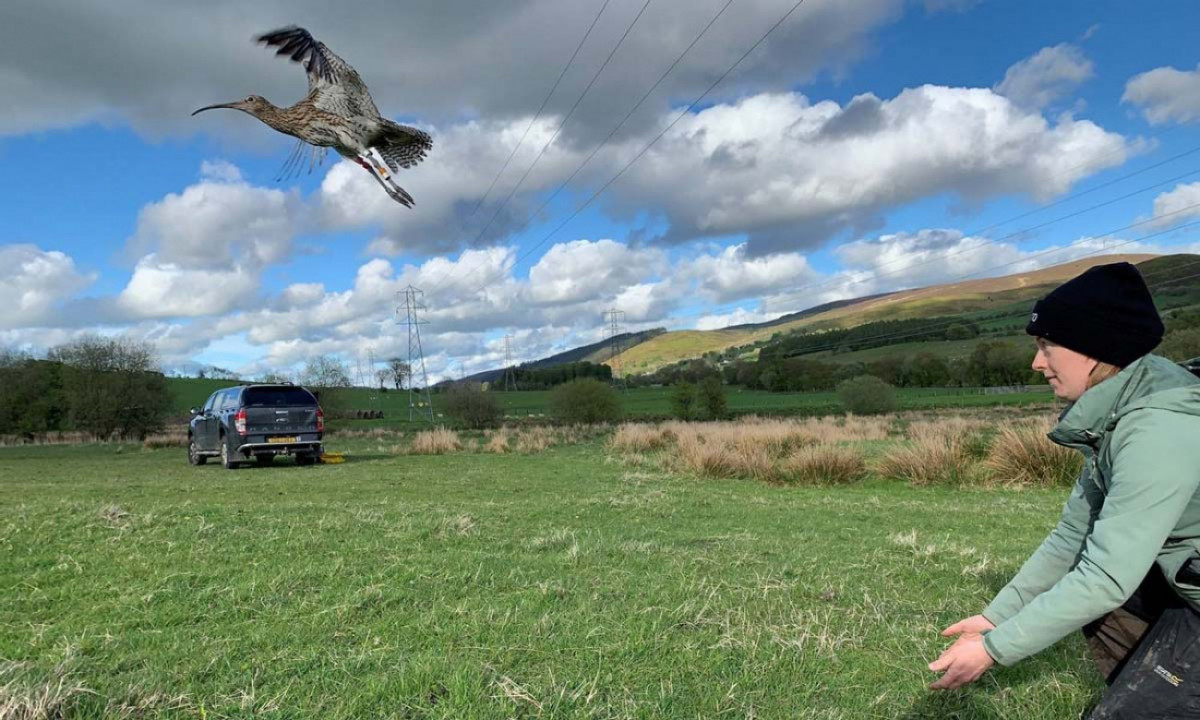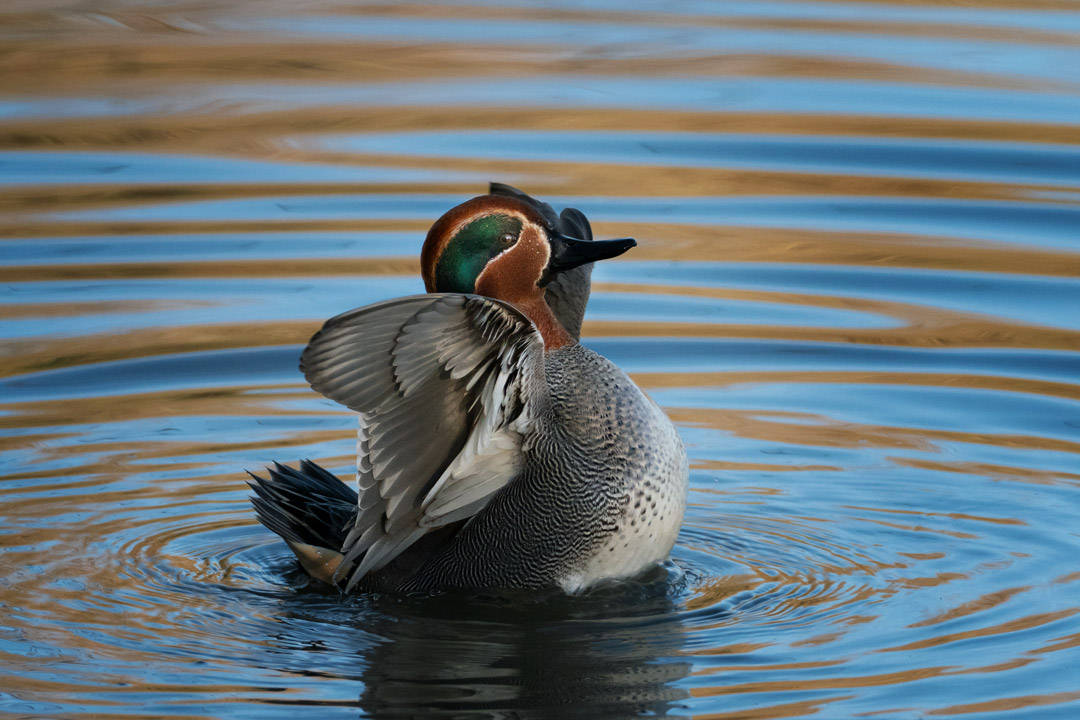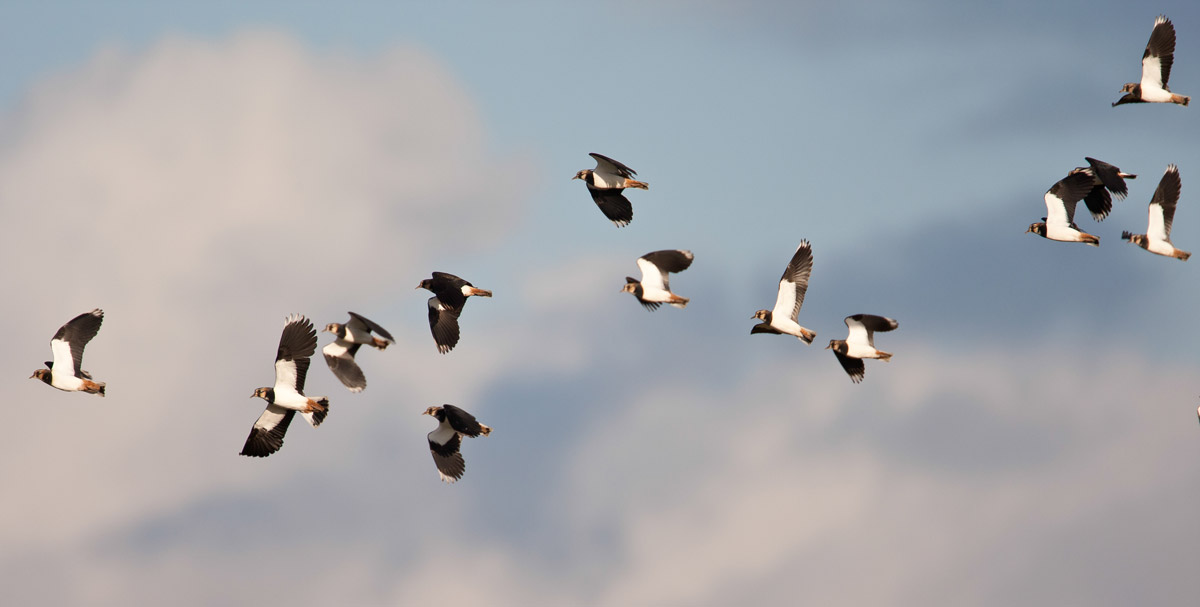BTO publishes peer-reviewed papers in a wide range of scientific journals, both independently and with our partners. If you are unable to access a scientific paper by a BTO author, please contact us.
Search settings
The Yellow-browed Warbler (Phylloscopus inornatus) as a model to understand the mechanisms of vagrancy and its potential significance for the evolution of new migratory routes
Author: Dufour, P., Åkesson, S., Hellström, M., Hewson, C., Lagerveld, S., Mitchell, L., Chernetsov, N., Schmaljohann, H. & Crochet, P-A.
Published: 2022
Why and how new migration routes emerge remain fundamental questions in ecology, particularly when viewed in the context of the current climate and biodiversity crises. We have already seen changes to migratory behaviour in some species, both in terms of the timing of movements and routes used, but identifying such changes at their earliest stage can be especially challenging, as this paper reveals.
15.12.22
Papers

Curves for Curlew: Identifying Curlew breeding status from GPS tracking data
Author: Bowgen, K.M., Dodd, S.G., Lindley, P., Burton, N.H.K. & Taylor, R.C.
Published: 2022
The Curlew is of significant conservation concern in the UK, and poor breeding success is thought to be one driver of this species' decline. However, breeding behaviour can be particularly difficult to observe first-hand. Can GPS tracking data help address these knowledge gaps?
12.12.22
Papers

High pathogenicity avian influenza: Targeted active surveillance of wild birds to enable early detection of emerging disease threats
Author: Wade, D., Ashton-Butt, A., Scott, G., Reid, S., Coward, V., Hansen, R.D.E., Banyard, A.C. & Ward, A.
Published: 2022
The disease Highly Pathogenic Avian Influenza (HPAI) has caused significant damage to both wild bird populations and the poultry industry. Detection of the disease has tended to rely on the sampling of dead birds following the reporting of mortality events, but could a different approach provide advance warning of potential outbreaks?
11.12.22
Papers

Rare and declining bird species benefit most from designating protected areas for conservation in the UK
Author: Barnes, A.E., Davies, J.G., Martay, B., Boersch-Supan, P. H., Harris, S.J., Noble, D.G., Pearce-Higgins, J.W. & Robinson, R.A.
Published: 2022
The loss of biodiversity is one of the most pressing issues globally. Efforts to tackle the issue include the use of protected areas, which are designated to protect species and/or their habitats from anthropogenic threats. But how effective are protected areas at achieving the desired biodiversity benefits?
05.12.22
Papers

Benefits of protected area networks for breeding bird populations and communities
Author: Sanderson, F.J., Wilson, J.D., Franks, S.E. & Buchanan, G.M.
Published: 2022
The European Union’s Natura 2000 network is the largest continent-wide effort to conserve biodiversity through a protected area network. The Natura 2000 sites are designated across the EU under either the Birds Directive or the Habitats Directive, based on objective assessment of a site’s importance for species (Special Protection Areas – SPAs) or habitats (Special Areas of Conservation Concern – SACs). Following the UK’s departure from the European Union, these sites are now covered under domestic legislation. They enable the UK to meet its international obligations for biodiversity conservation through protected area coverage. But how effective are these sites, and are they more effective than other forms of site protection?
05.12.22
Papers
